High Royds in Menston is one of the most well-documented and now infamous of the county asylums to be built, instantly recognizable by its looming clocktower. In 1885, some 300 acres of land was purchased and over the next 3 years construction work began to build one of the more lavish asylums ever constructed. The main corridors of the administration building were decorated by fine Italian marble floors and the ballroom was garnished with stained glass windows and carved wooden panels but all of this came at a cost, approximately £135 million in todays money. In a rare occurrence, the chapel was deemed “unacceptable” by the metropolitan commissioners in lunacy and therefore wasn’t built immediately.
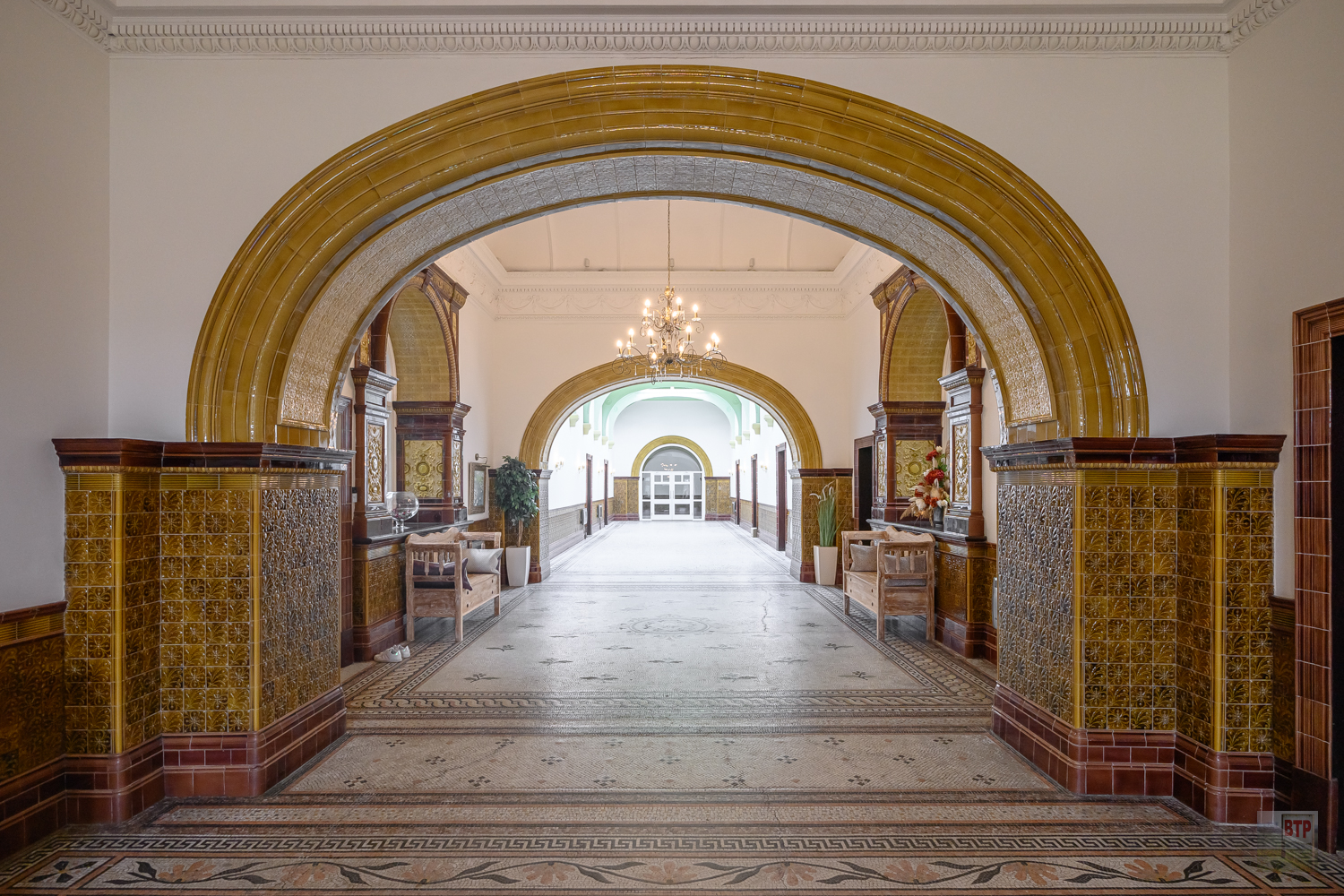
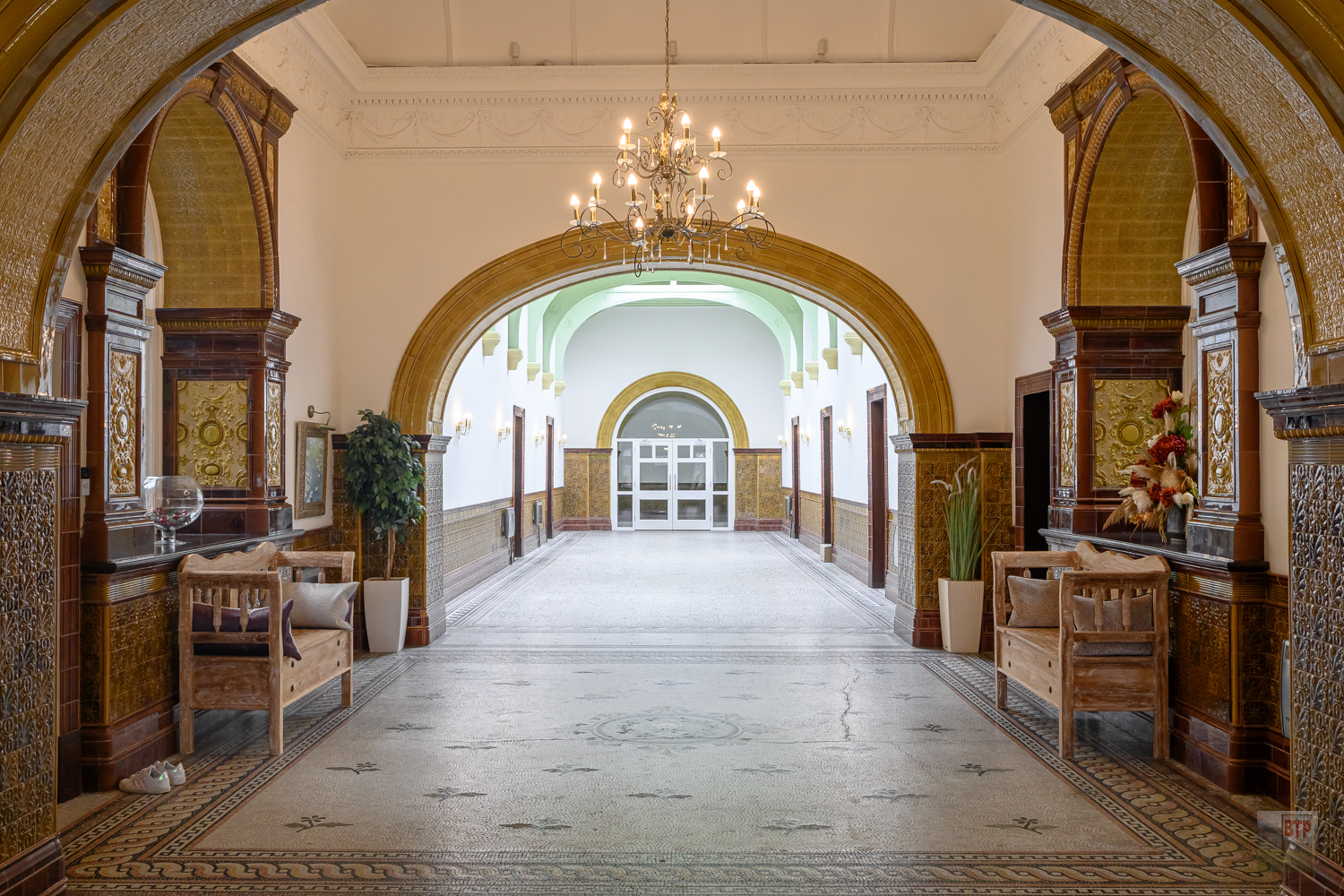
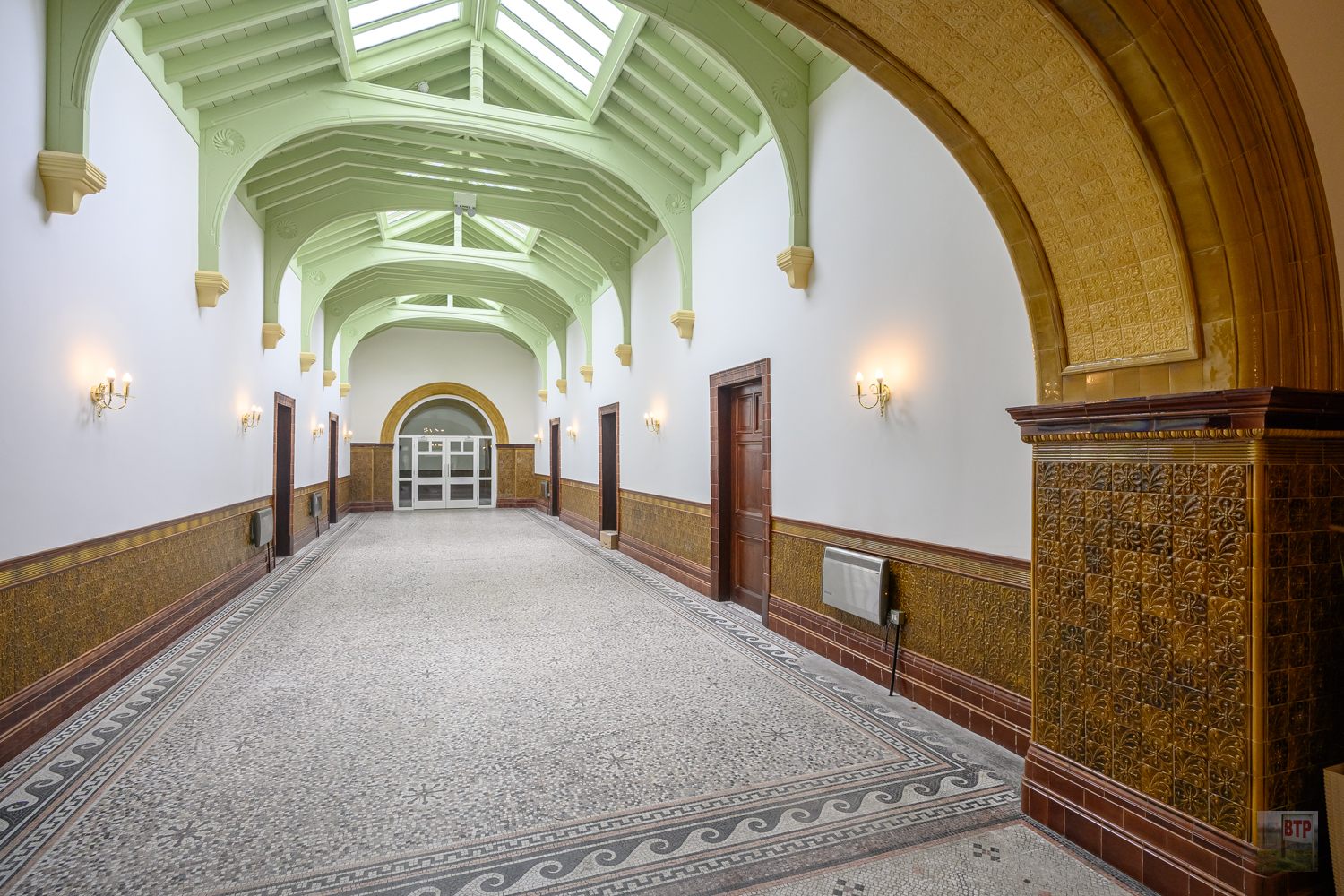
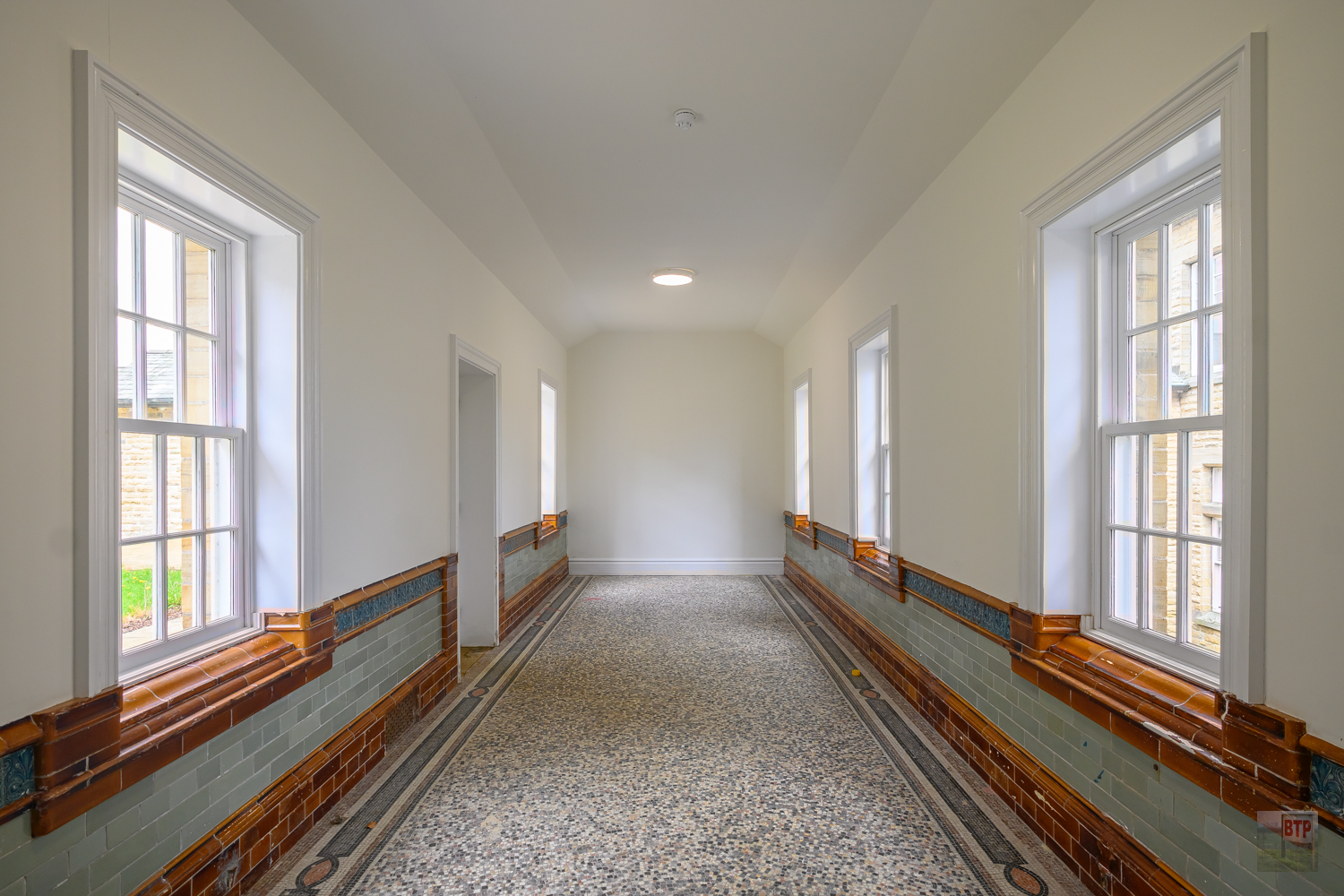
High Royds was built due to other asylums nearby, such as West Riding at Wakefield, reaching their capacity and the doors were first opened on October 8th 1888 as West Riding Pauper Lunatic Asylum. The asylum was planned to accommodate 1,440 patients when it opened and as a result it was designed to be entirely self sufficient with several farms onsite, workshops, kitchens and even a mortuary. Male and female patients were kept in different parts of the hospital and were only allowed to mix once a week when they had the opportunity to dance in the recreation hall.
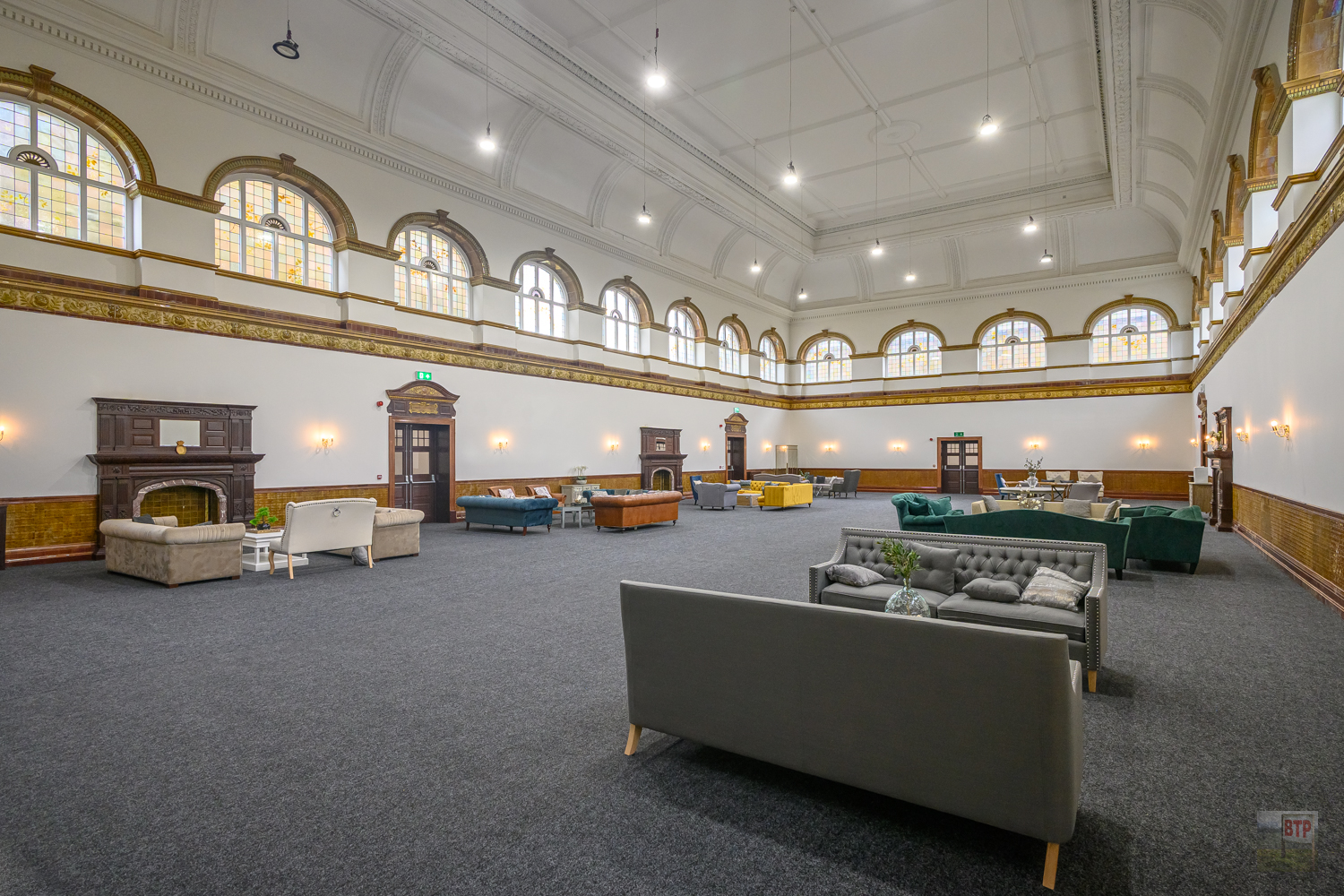
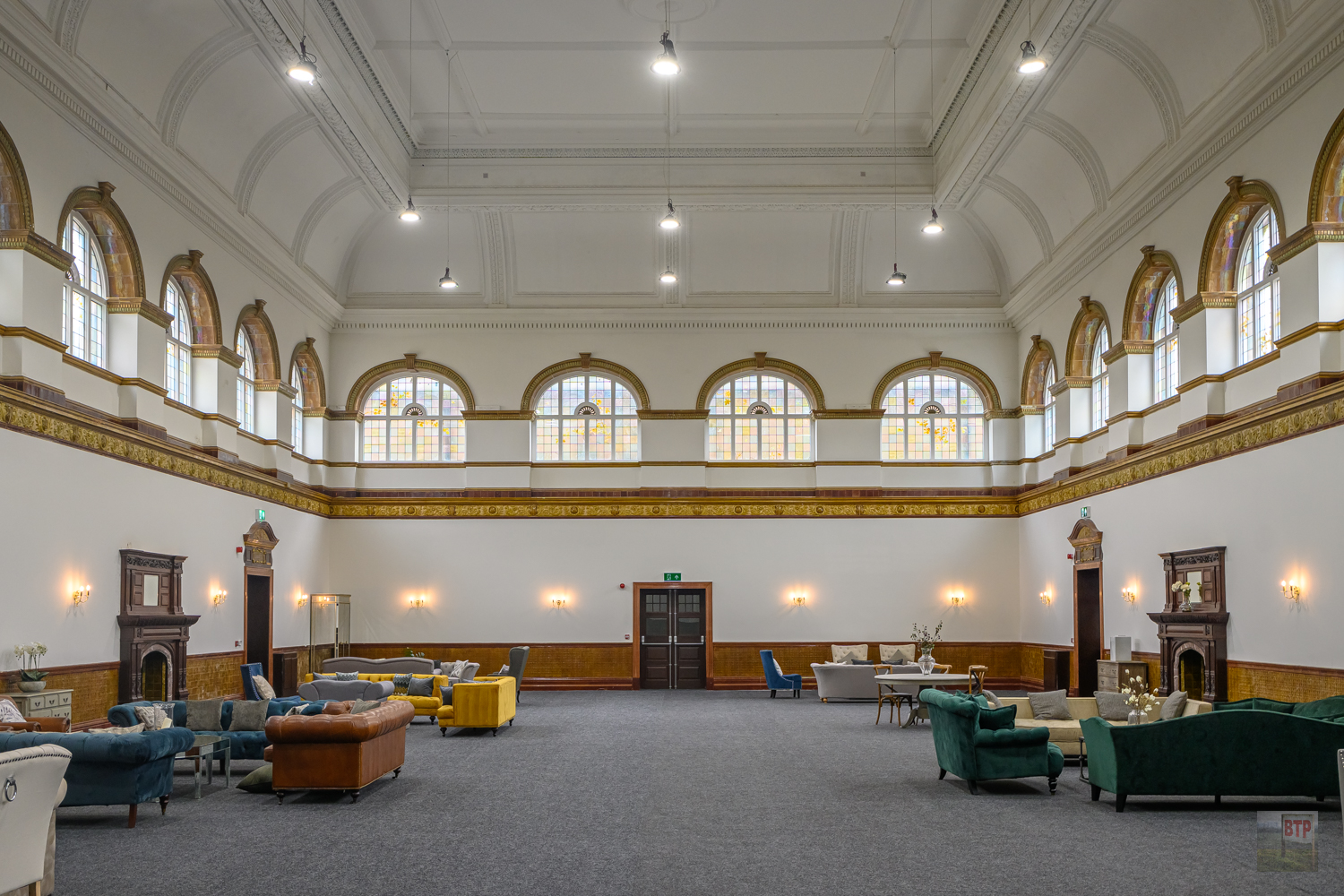
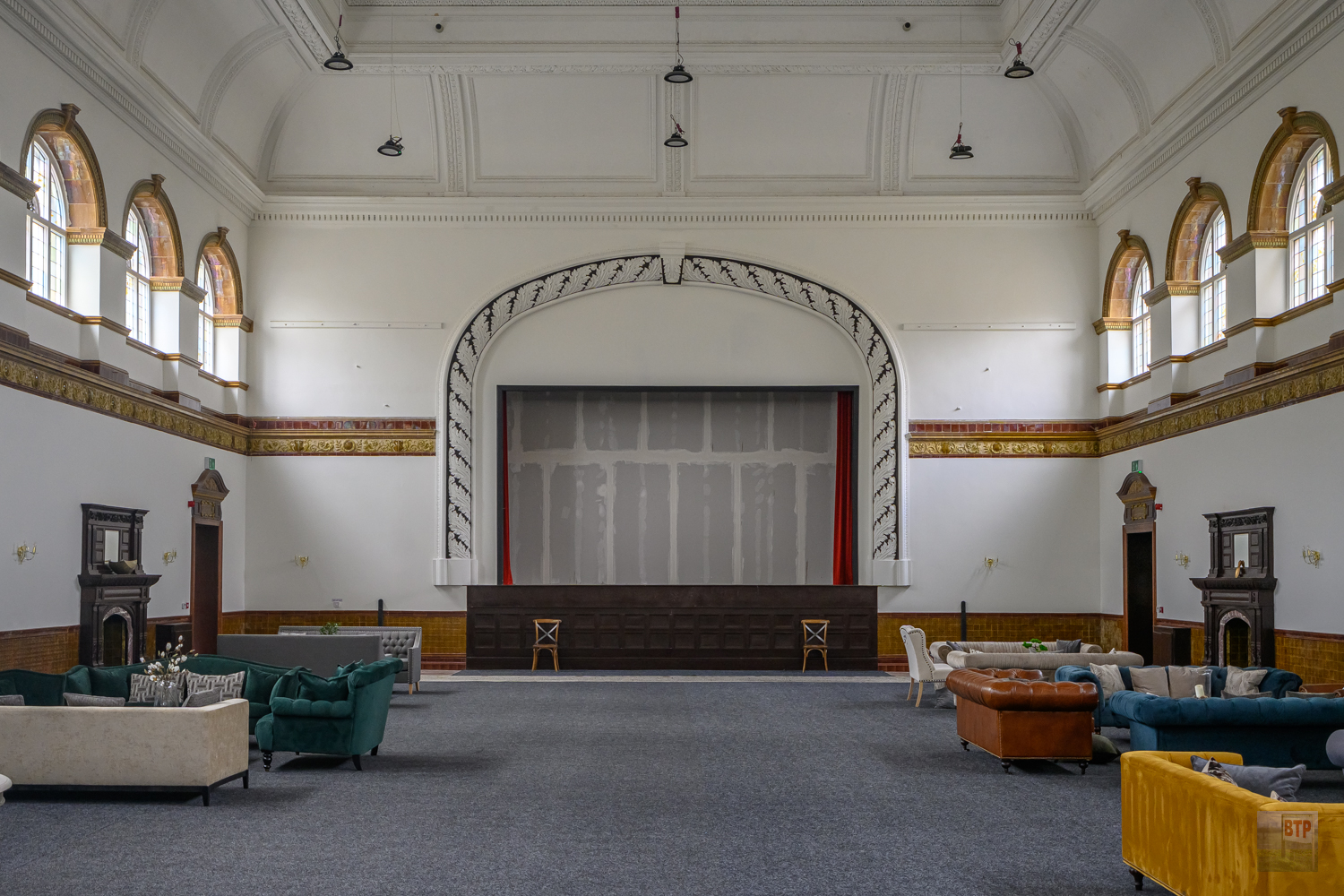
The original accommodation soon proved insufficient. In 1898, a further two ward blocks were added, and another block in 1902, taking the total number of patients to over 1,500. As the BBC documentary above shows, asylums were not always nice places to be. It was at times very difficult to leave such institutions and people could live within the walls of places like High Royds for decades. The mortality rate was high as was typical and approximately 15% of patients died every year. Initially they were buried in local graveyard until 1906, when the asylum purchased their own graveyard next to the railway line. 2,858 people were transferred from the mortuary at High Royds and were buried here.
The 1920s saw significant change, most notably the name of the institution which changed to West Riding Mental Hospital. Wards were equipped with radios for the first time and projection equipment was installed in the ballroom to show films. Not all change was positive as the 1930’s saw the introduction of Malaria and Insulin Shock Therapy and Electro Convulsive Therapy was introduced in the 1940’s prior to the hospital joining the NHS in 1948, when it became known as Menston Hospital.
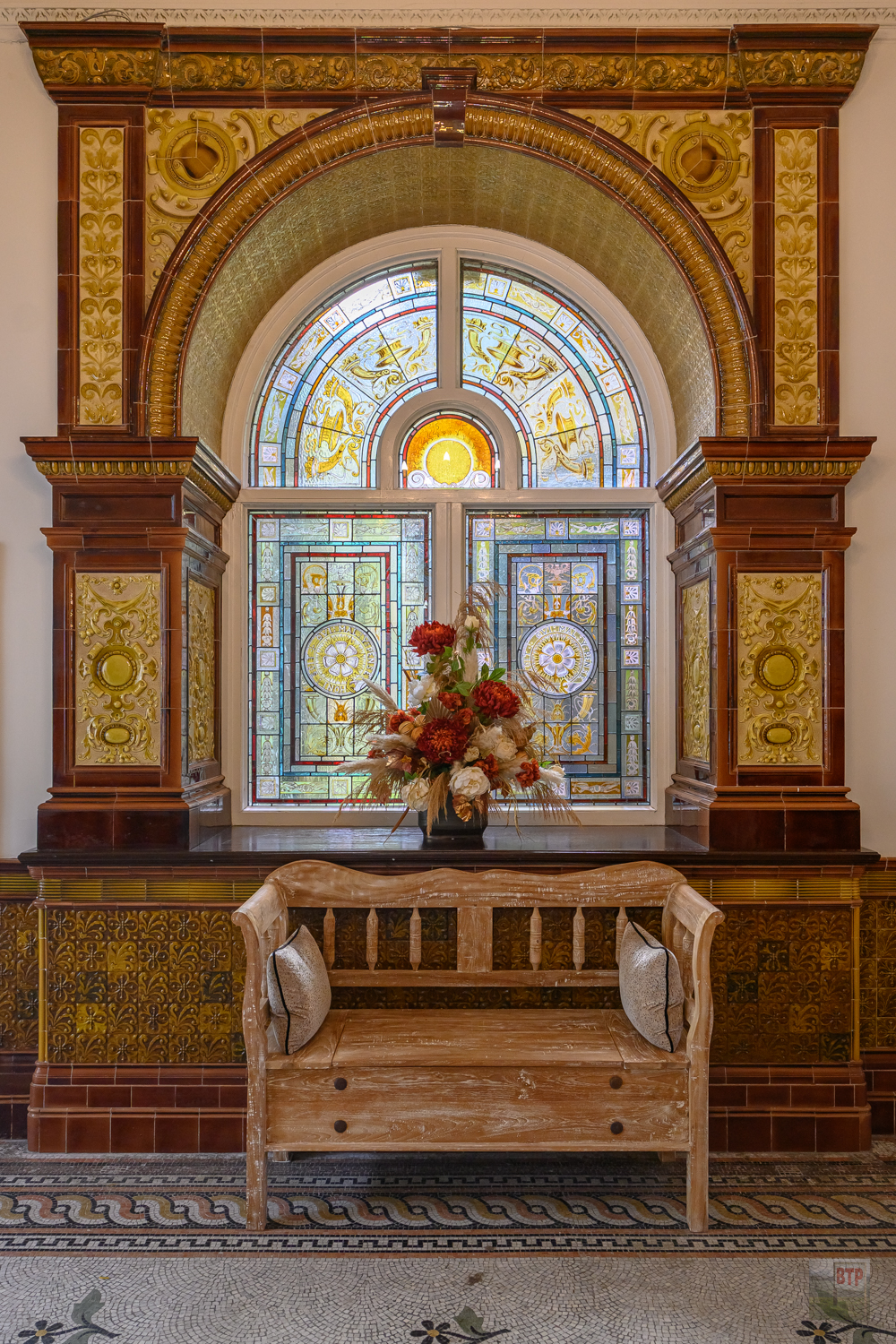
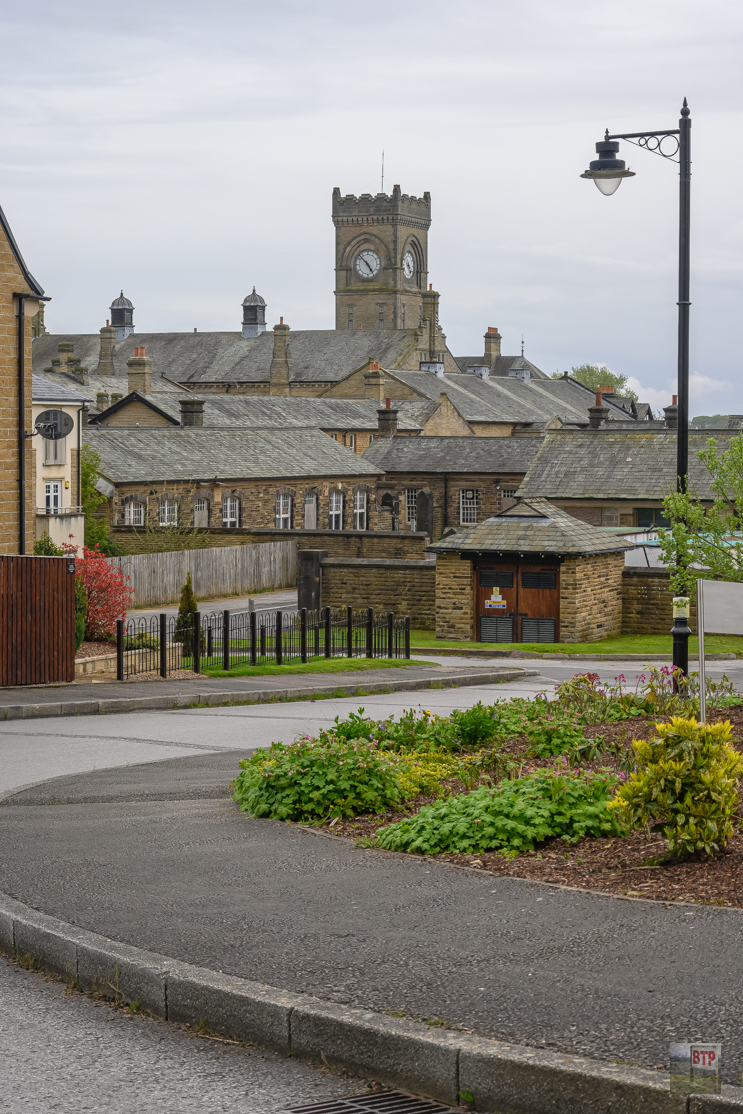
Change continued into the 1960s when the government started to talk about closing these institutions. In 1963 the name changed for one final time, to become known as High Royds Hospital, along with the new ward names based on villages in the Yorkshire Dales. The hospital farms were sold off in the 1970s, and in the 1980s, Jimmy Saville is said to have abused both patients and staff at the hospital.
High Royds closed in 2003, and sat derelict until planning permission was granted in 2017 to convert some of the building into flats and to build new homes on parts of the site. Whilst it was sitting empty it was used for filming the 2004 series ‘Bodies’ and again in 2005 for the film ‘Asylum’. Whilst most of the site is now used for housing, some of it still remains derelict, such as the mortuary. The slab in here was removed and taken to Wakefield’s mental health history museum.
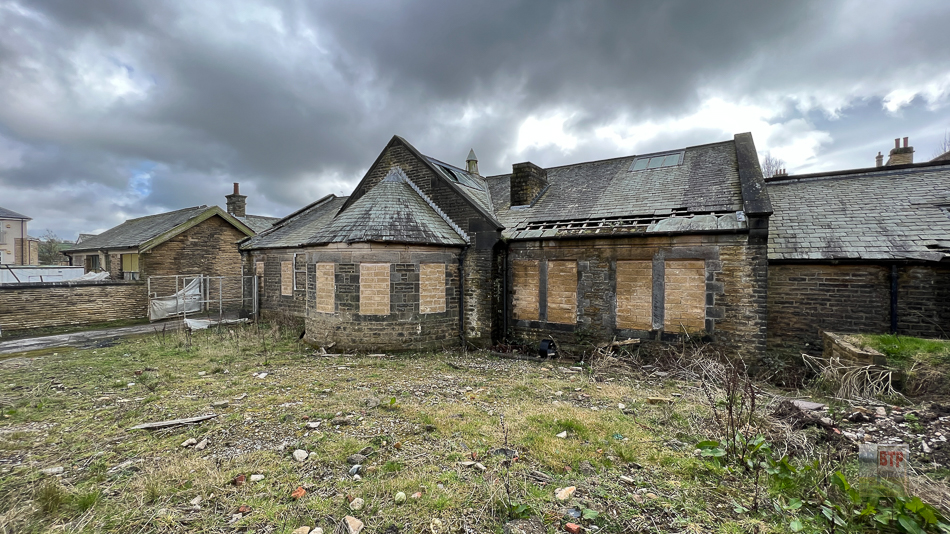
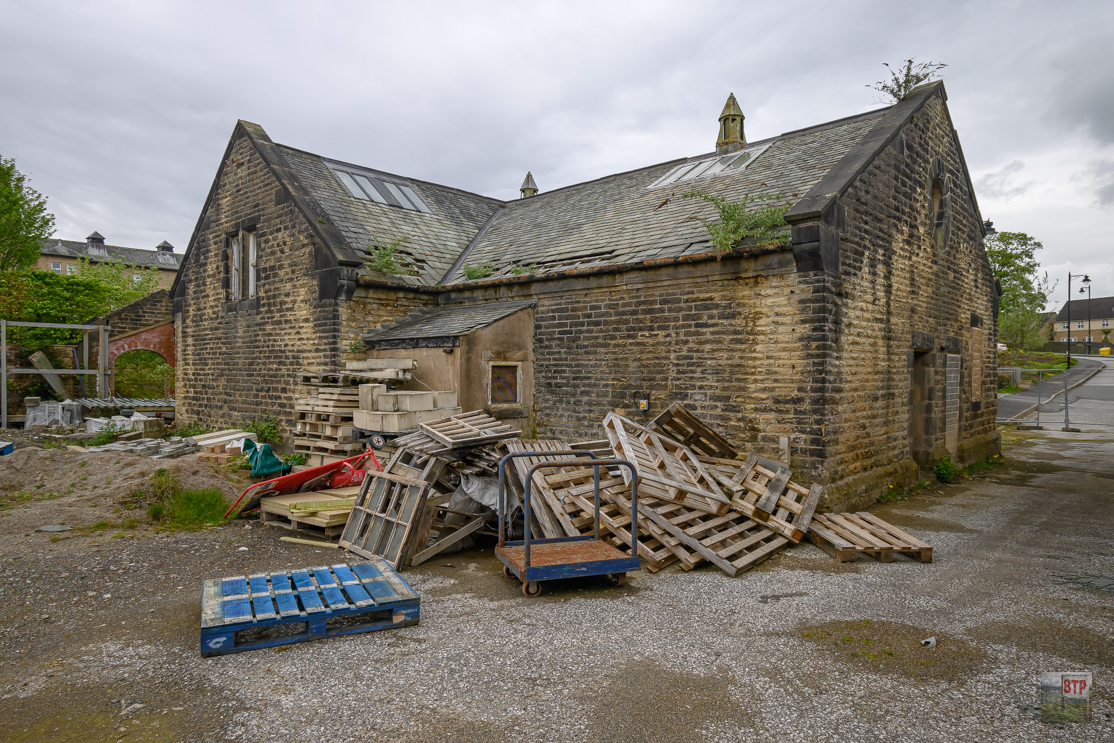
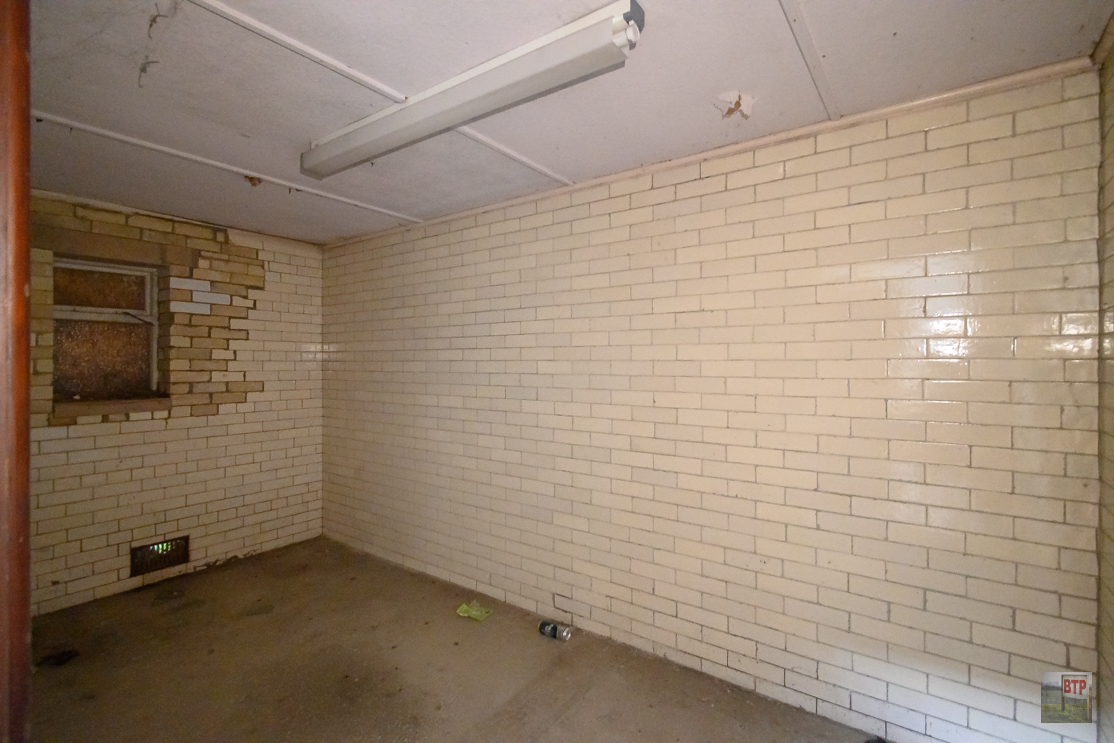

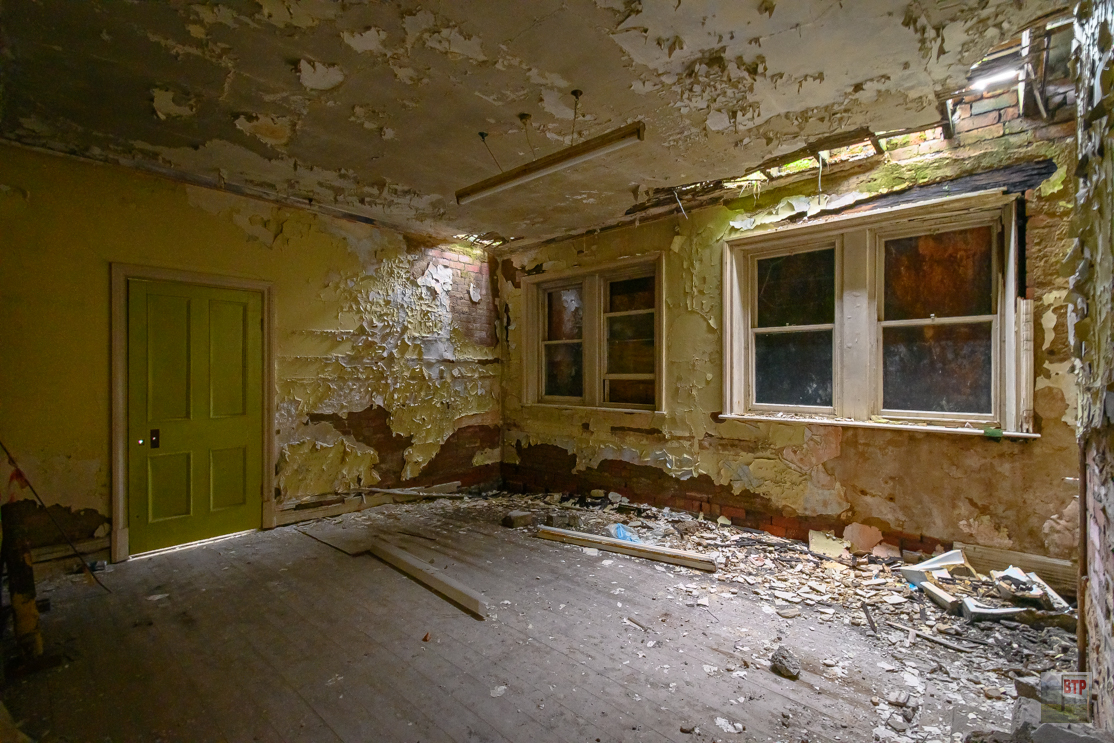
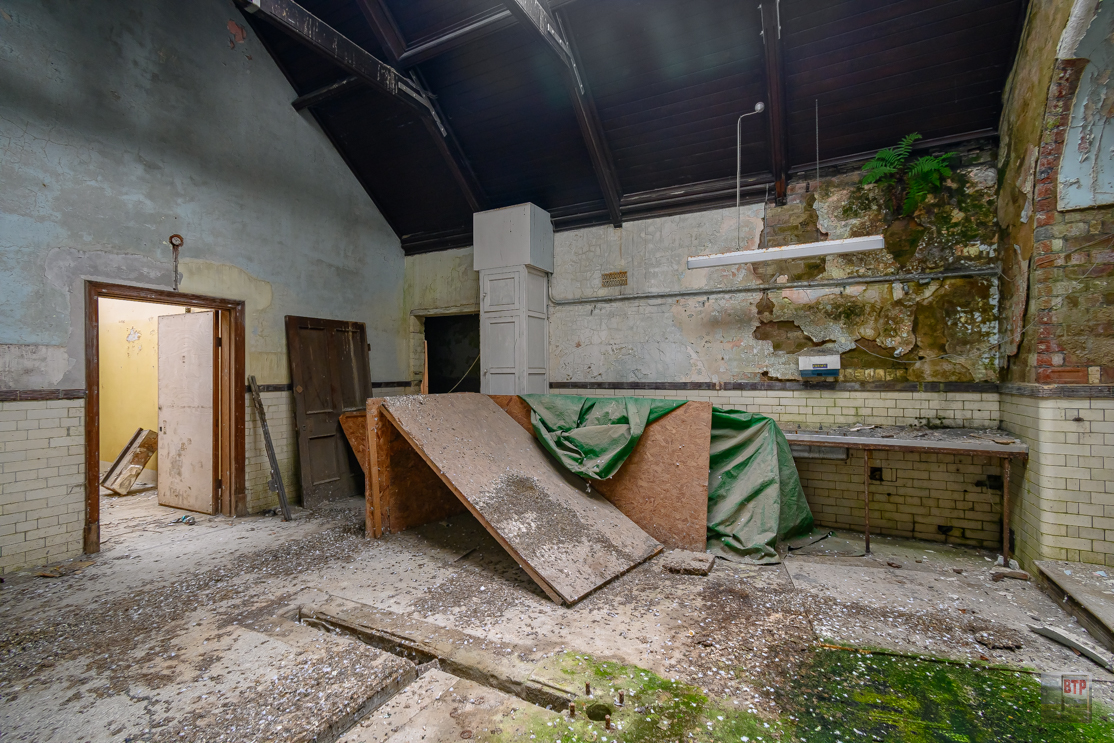
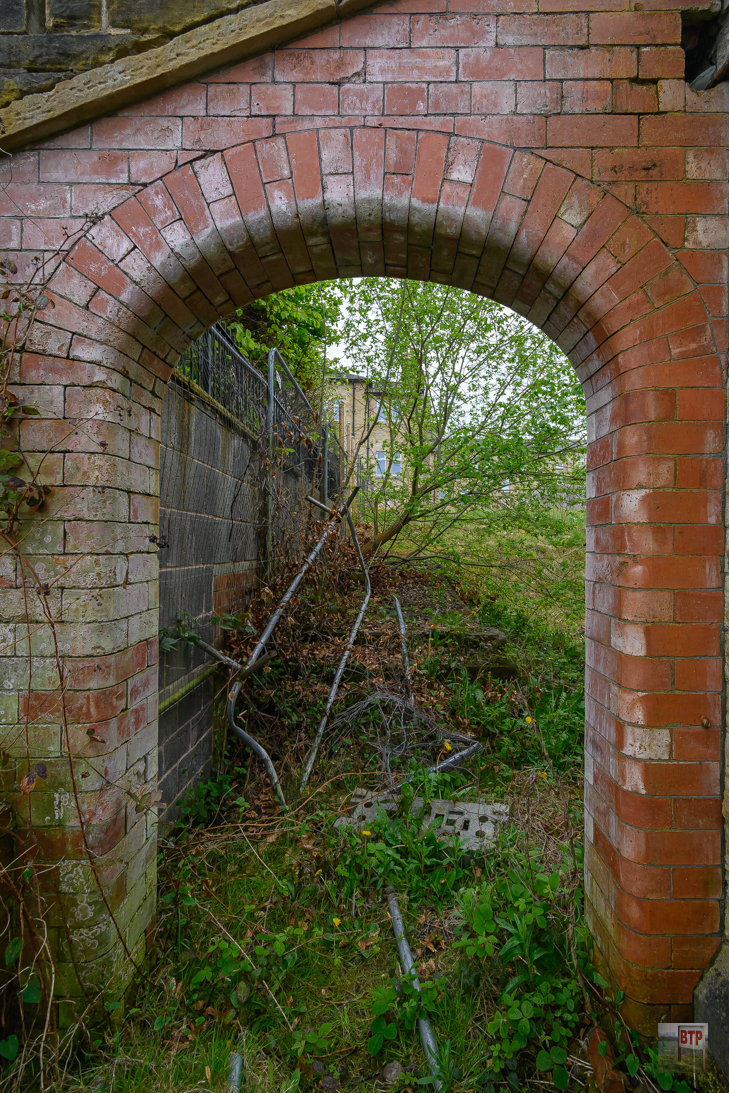
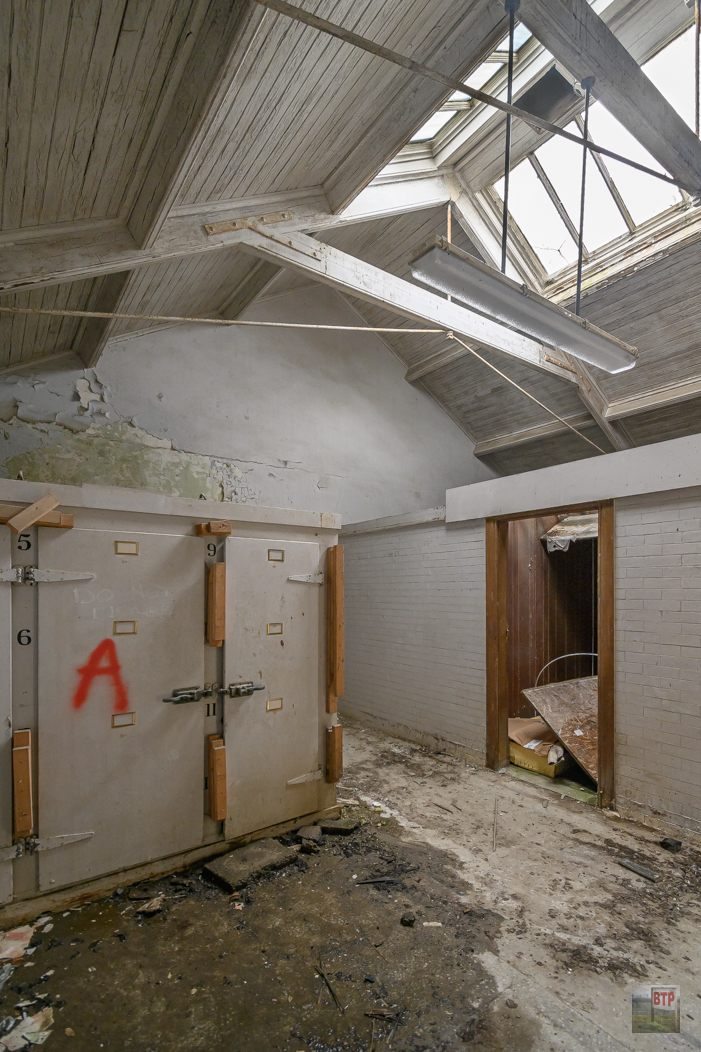
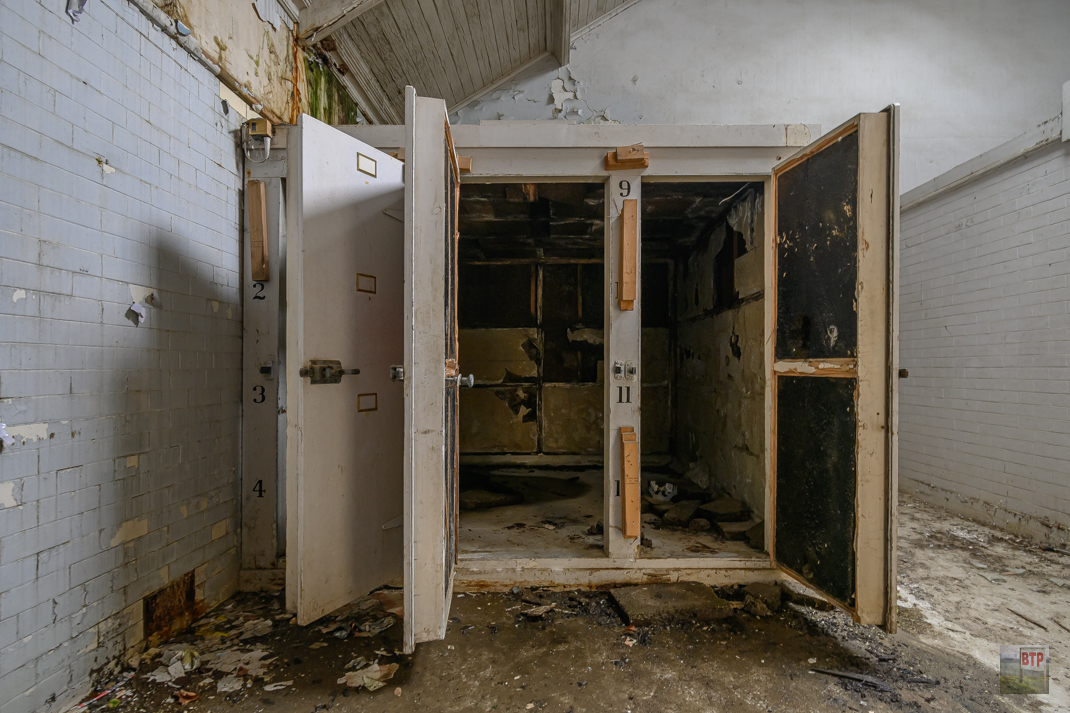
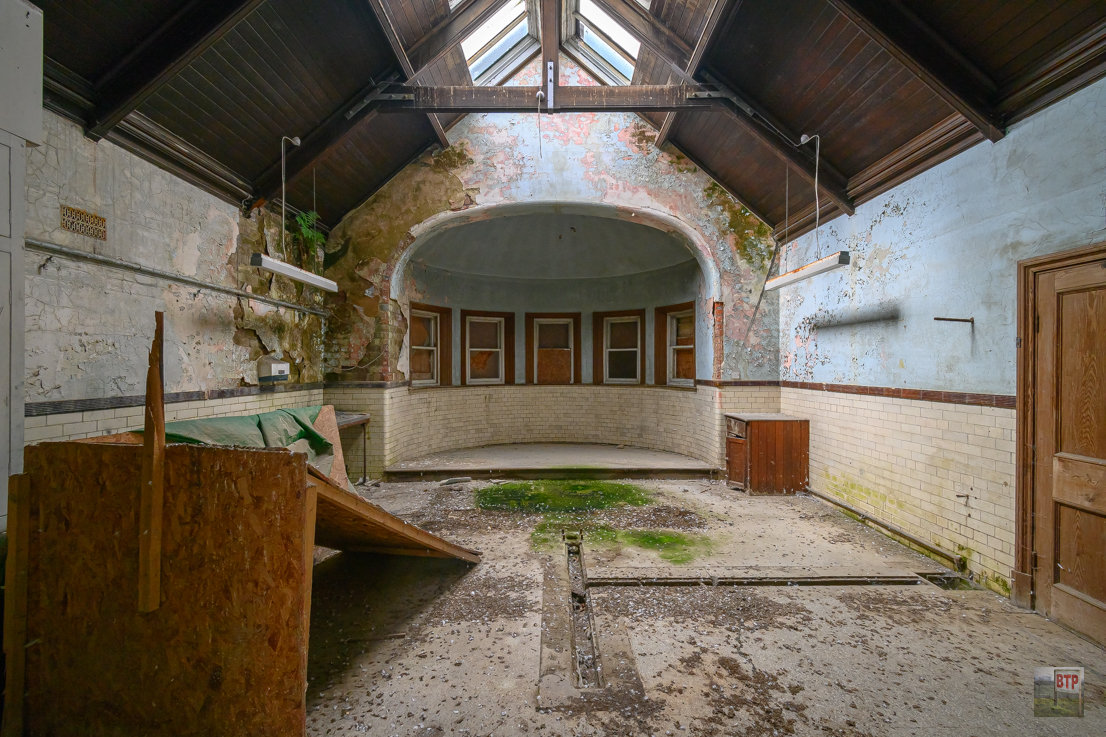
The High Royds hospital cemetery also survives along with a small mortuary chapel. Next to this is the route of the narrow-gauge railway that served the hospital, of which a small piece of track survives. The High Royds Memorial Garden was established in the neglected cemetery several years ago to do better justice to the 2,861 former patients of the hospital buried there whose bodies were largely unclaimed.
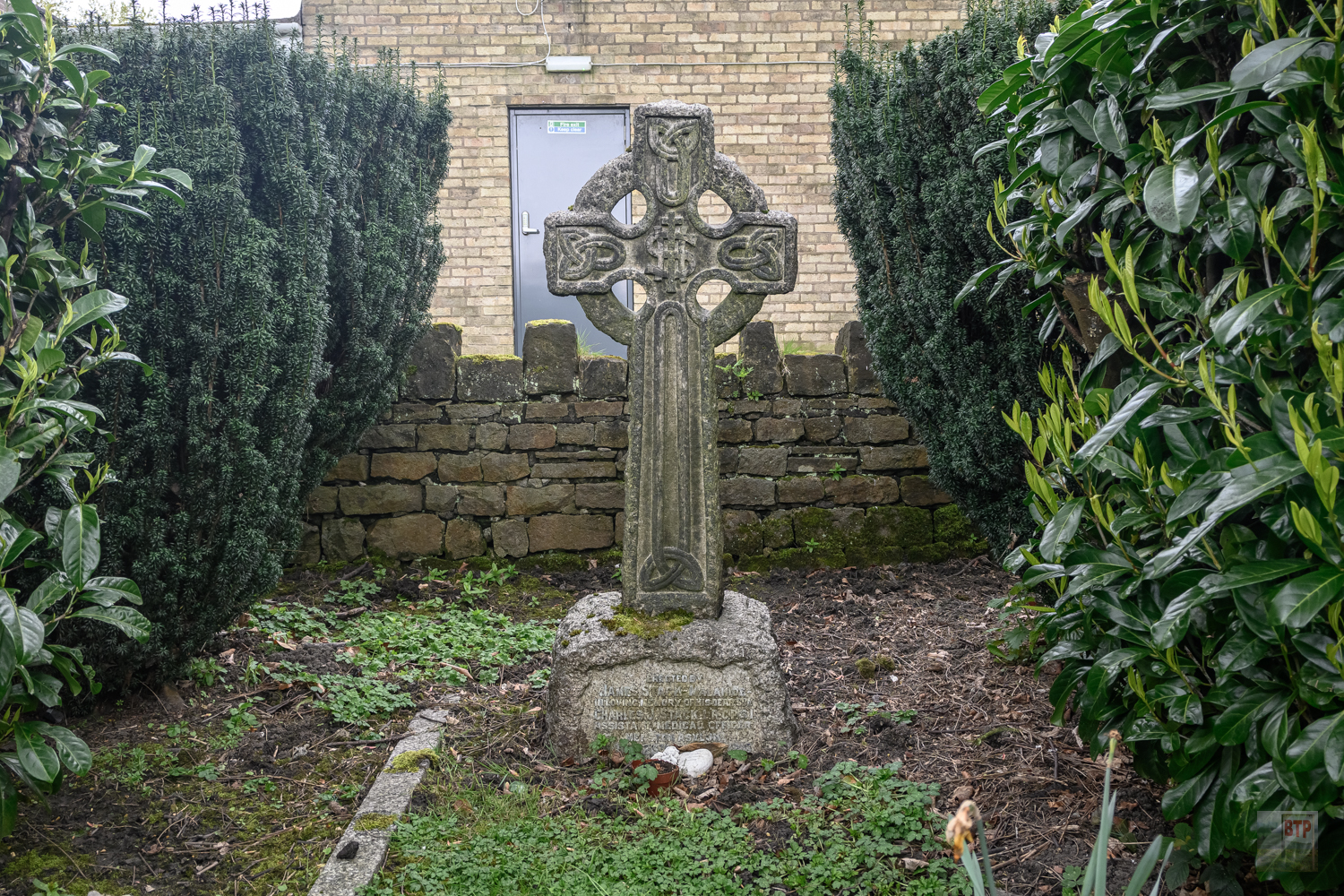
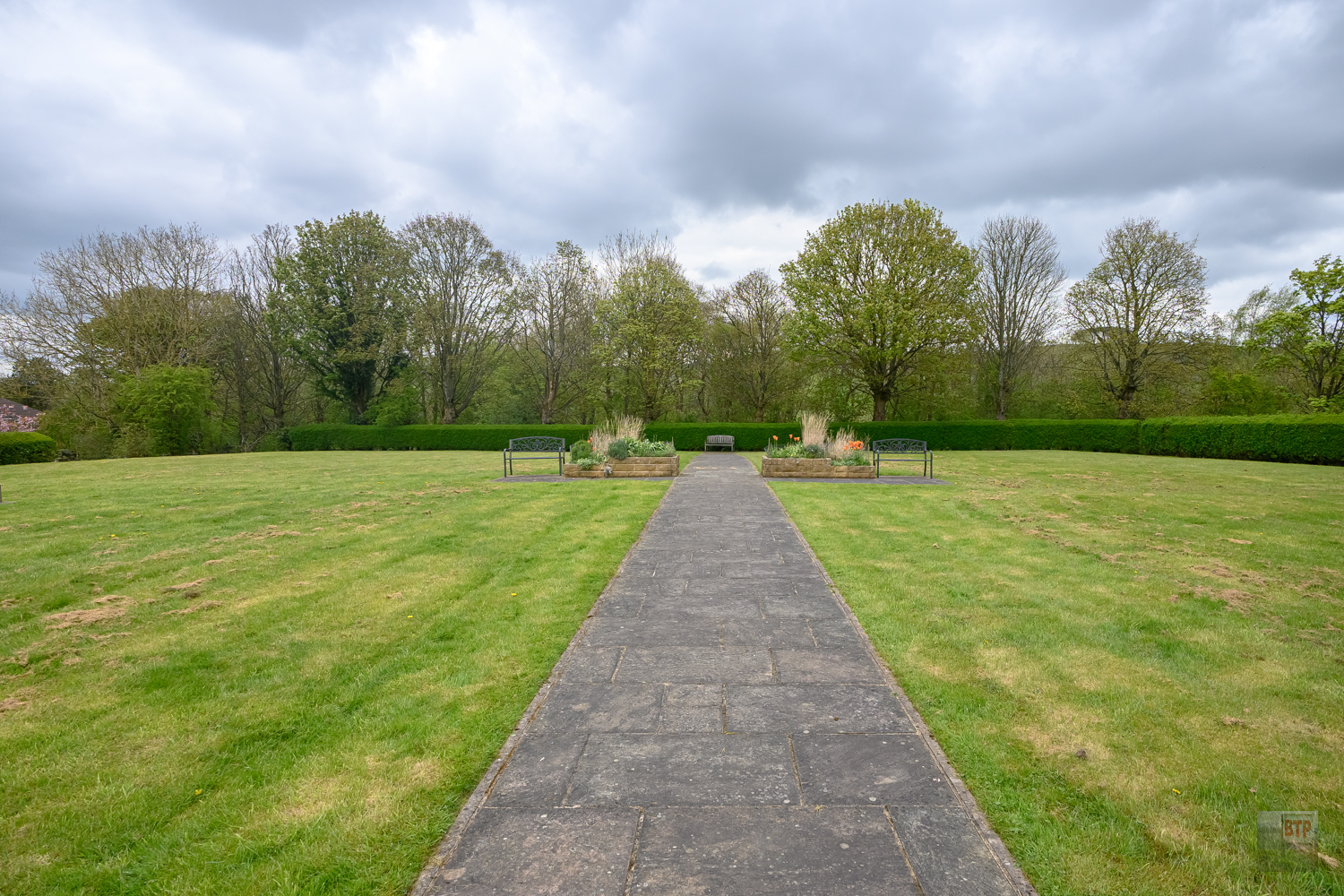
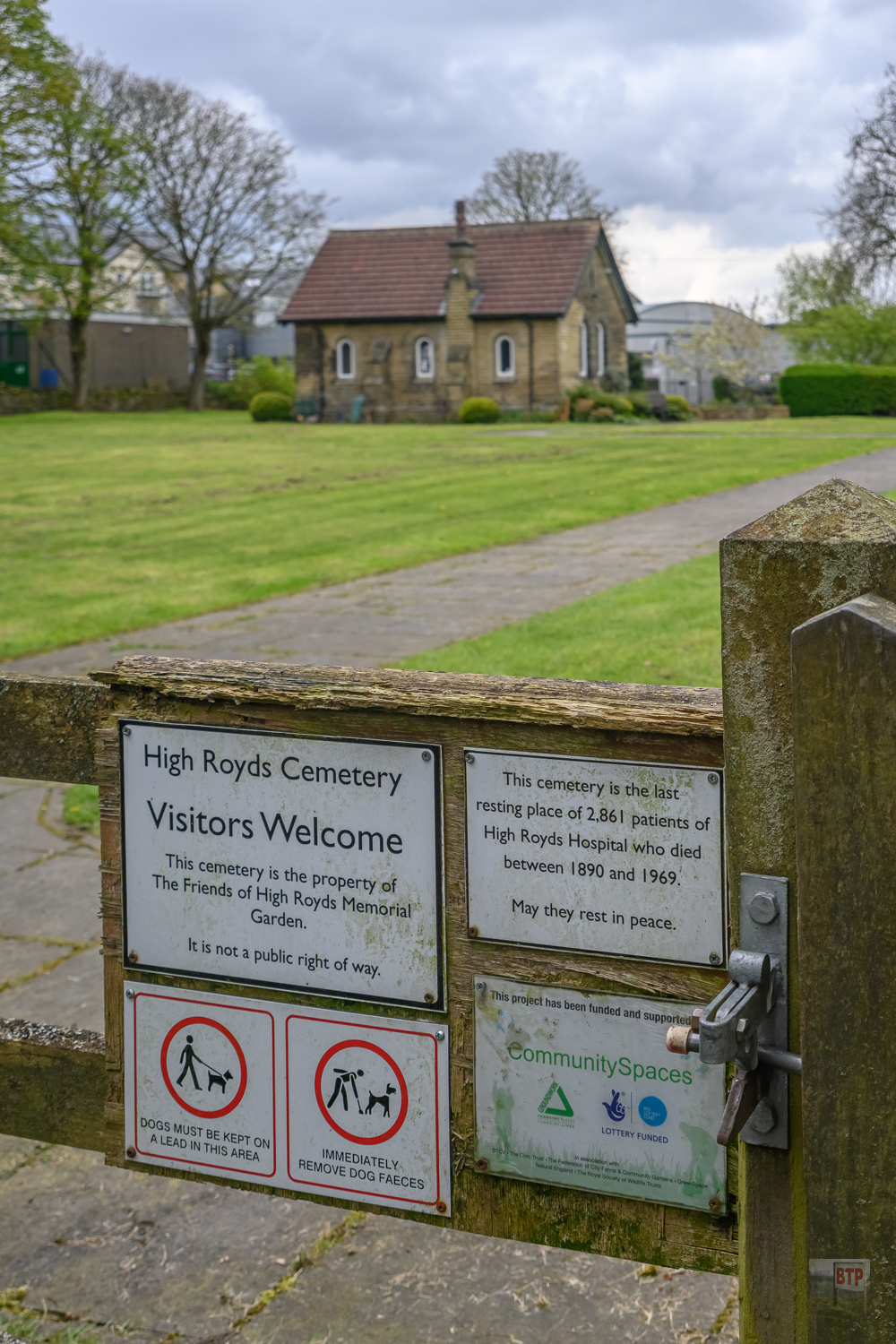
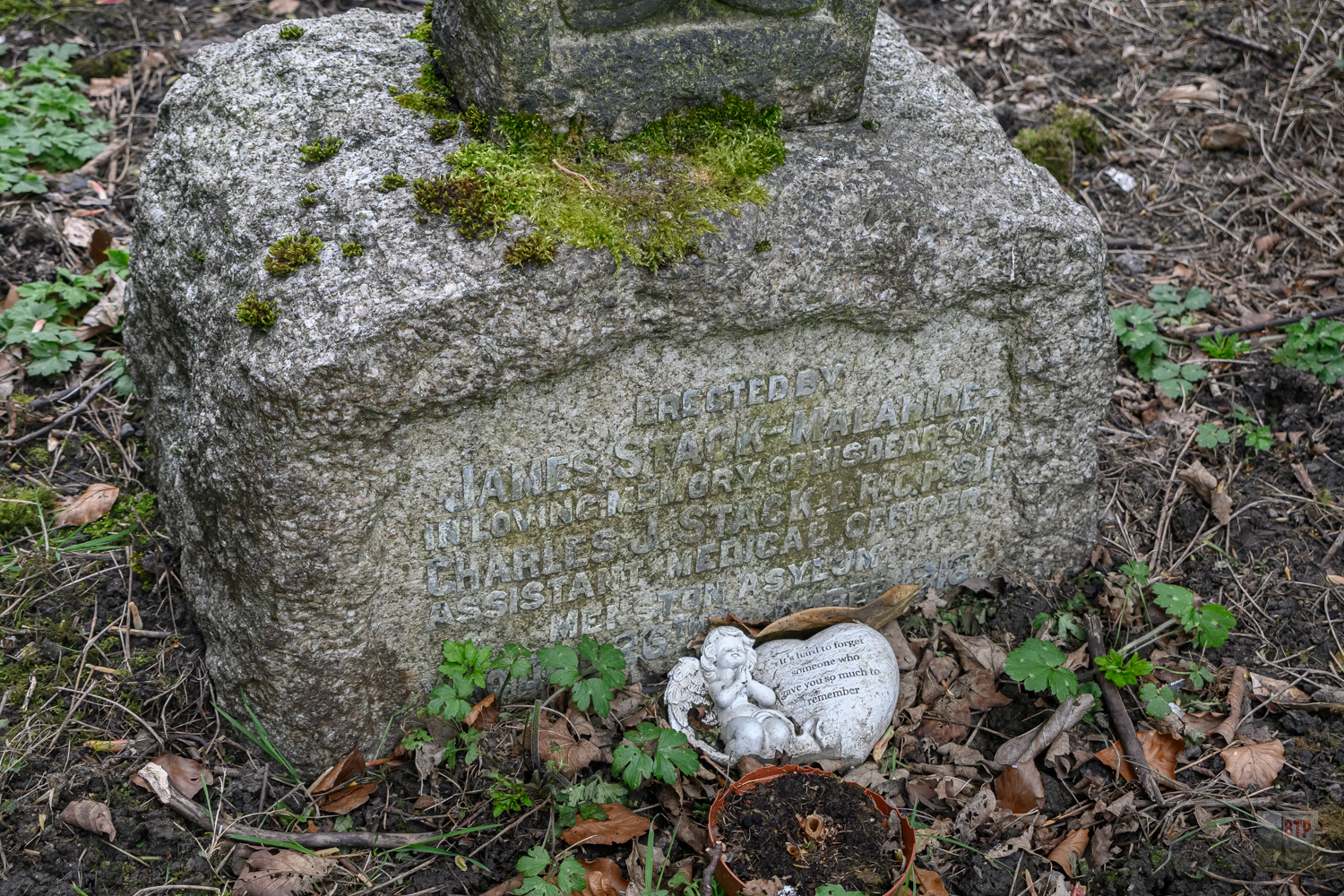
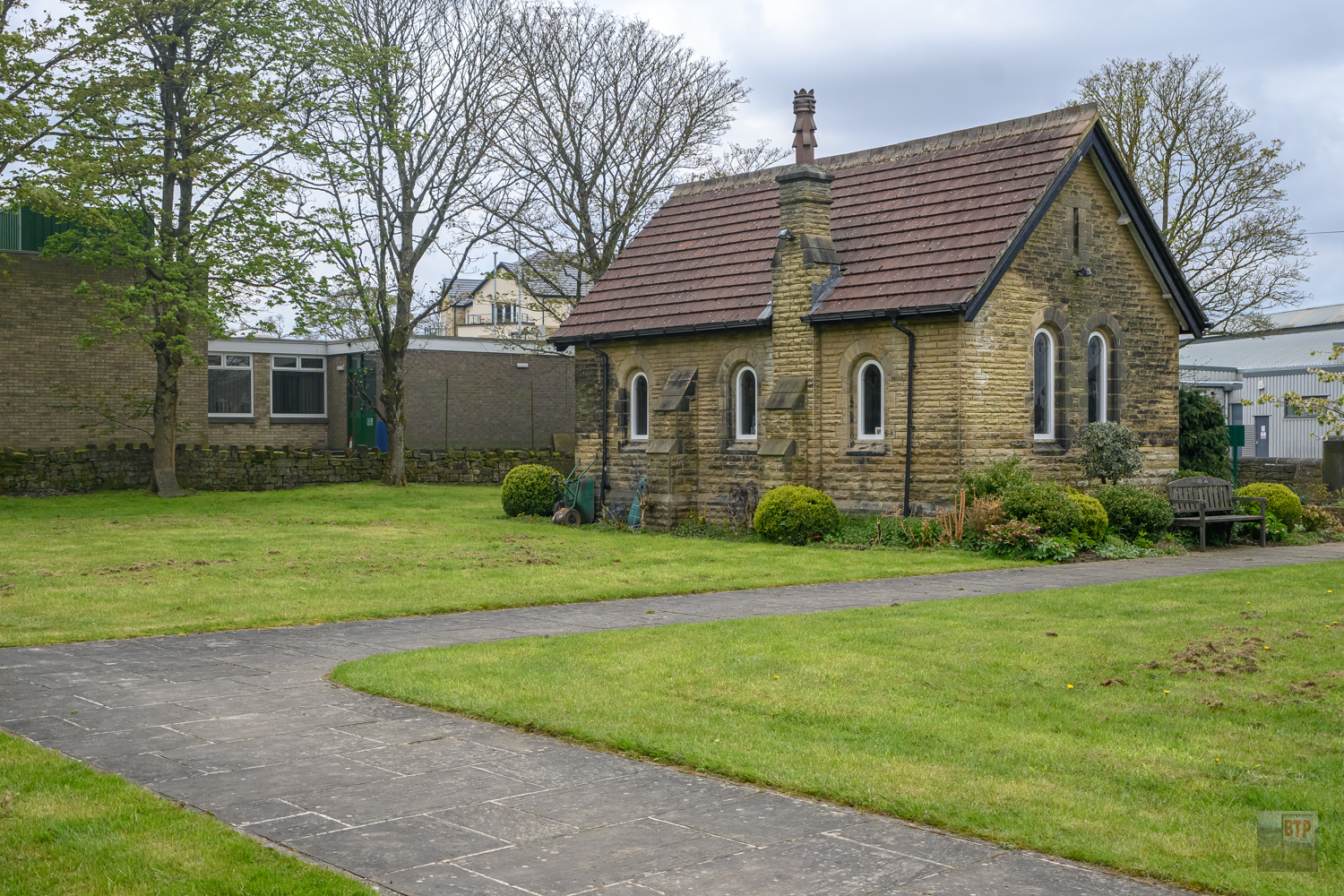
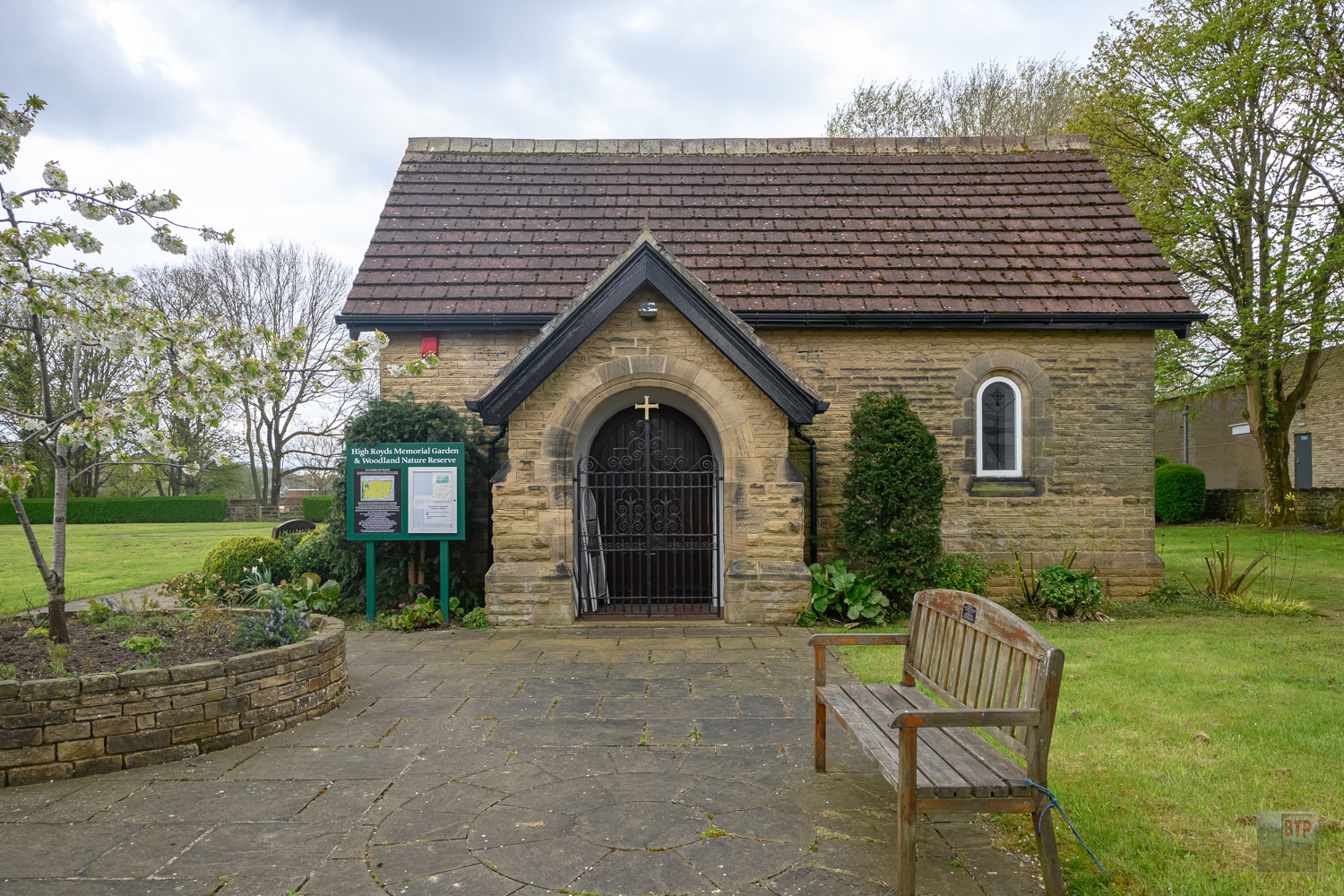
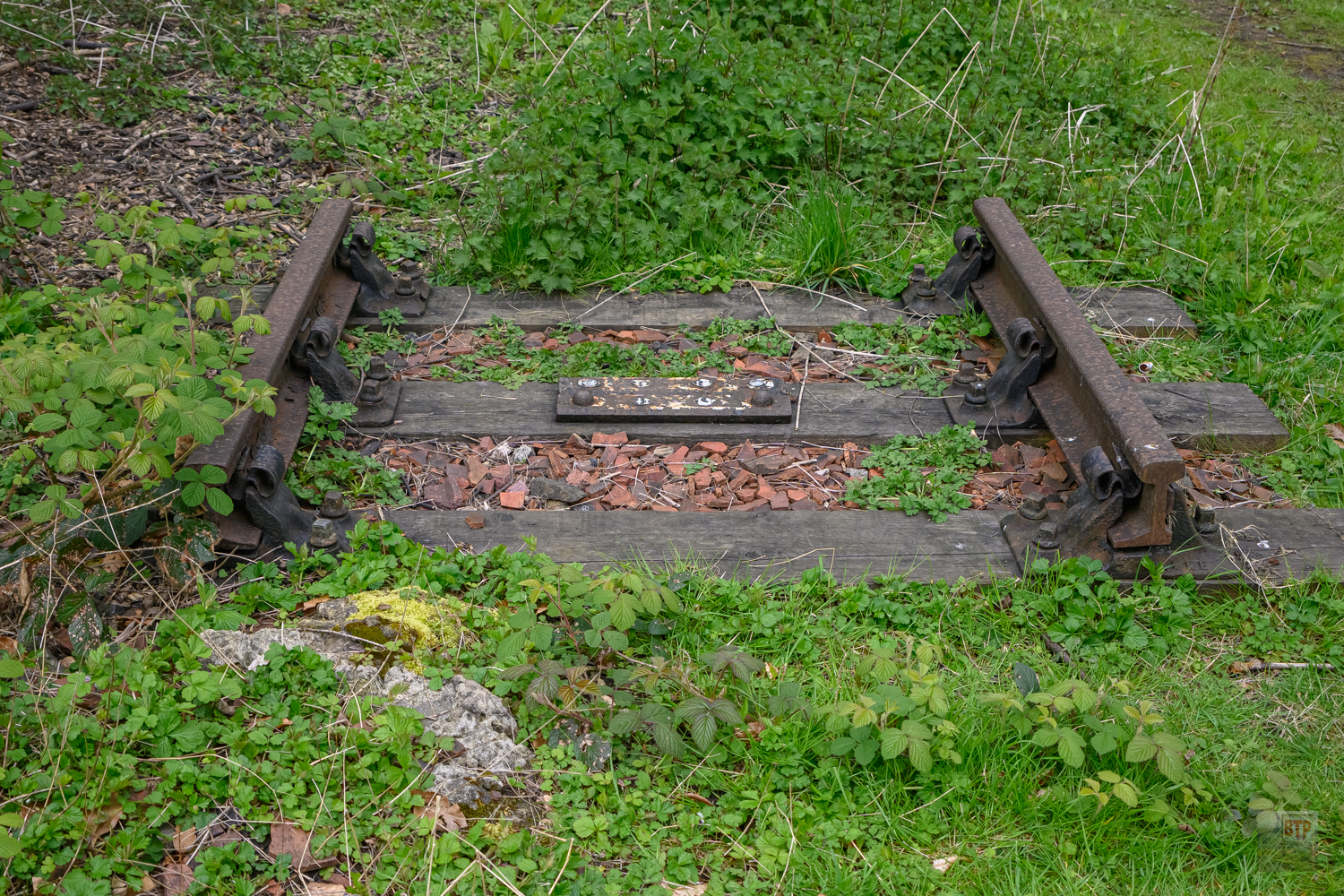
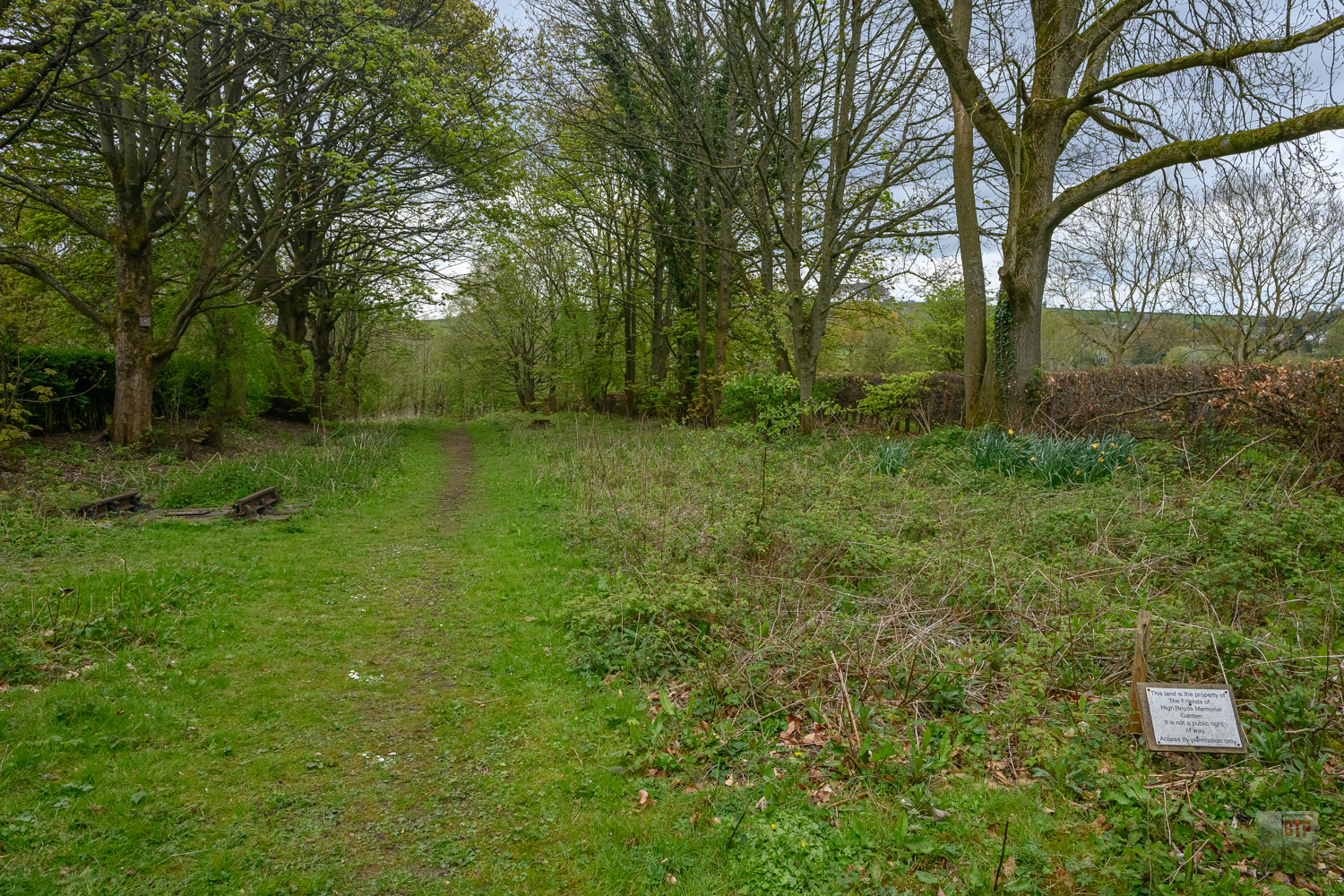
Sources: County Asylums, Wikipedia



